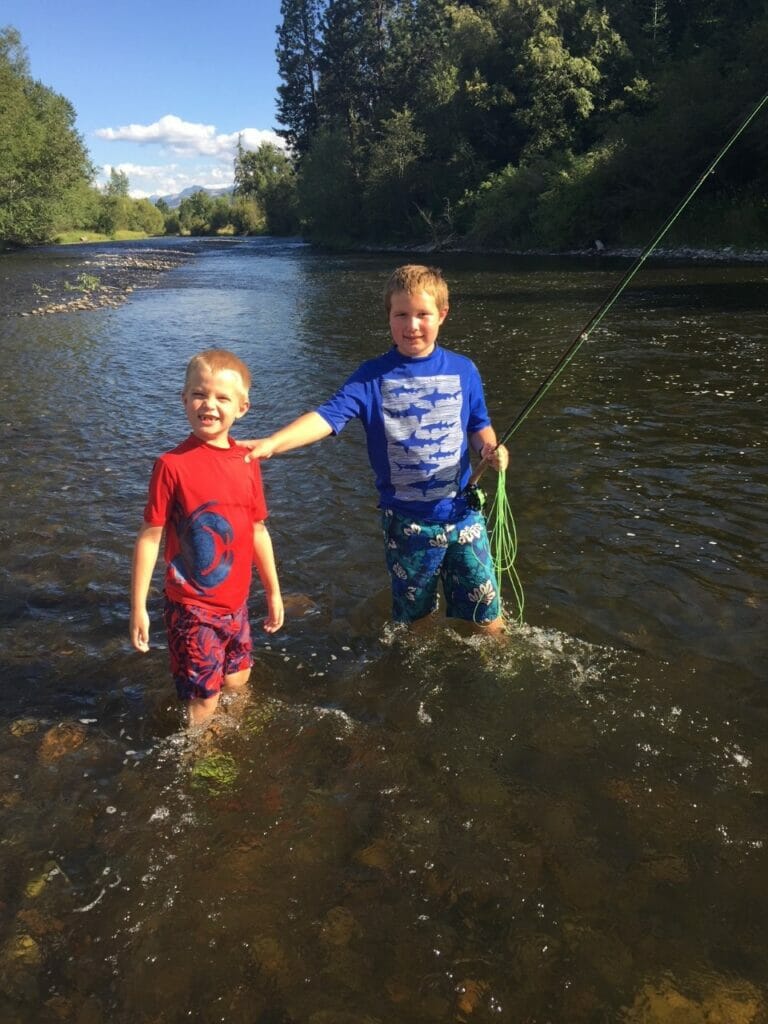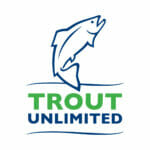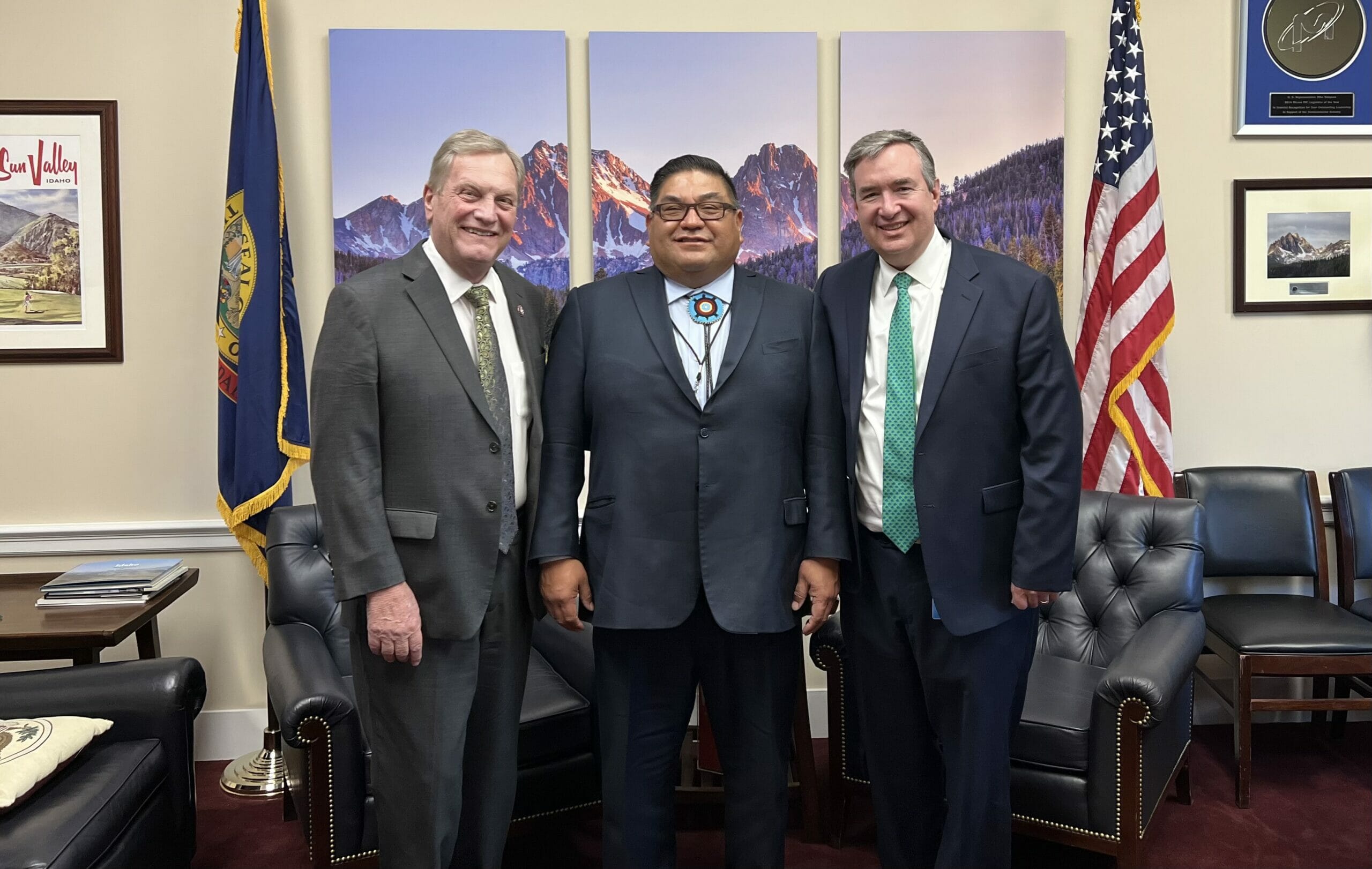Get to know Lindsay Slater, TU vice president for government affairs
Lindsay Slater joined Trout Unlimited last week as our new vice president for government affairs after a distinguished career as chief of staff for U.S. Rep. Mike Simpson (R-ID).
Slater was instrumental in the Columbia Basin Initiative proposing to remove four dams on the Snake River and restore wild salmon and steelhead populations. He has also worked on numerous pieces of bipartisan conservation and wilderness legislation, such as the Great American Outdoors Act.
As he takes the reins of our efforts to secure durable legislation to protect and recover America’s coldwater rivers and streams, we asked him a few questions to help you get to know him.
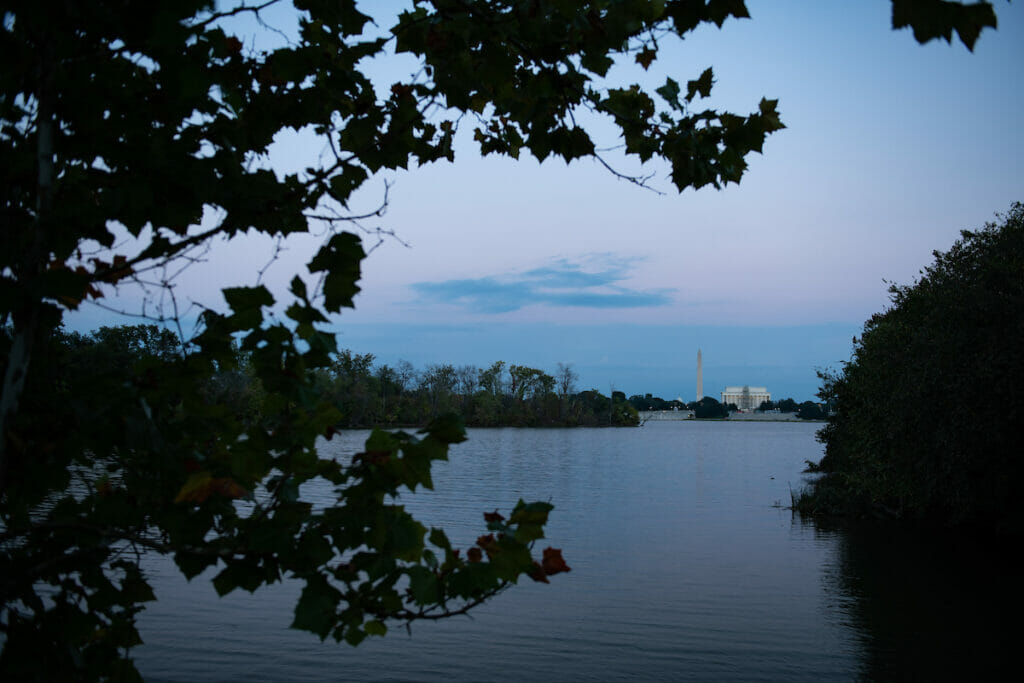
TU: What inspired you to come work for Trout Unlimited?
LS: The people and the mission at TU and the approach they take to conservation have impressed me over the years. In the Congressional office, I always enjoyed working with TU staff and found them to be true professionals who represent the organization and its mission very well. Having worked on a number of legislative compromises that created significant protections, I find TU’s cooperative, solutions-oriented approach to conservation very much in line with my thinking. Every stream that TU improves and restores to support native trout or wild salmon means we are doing things right.
TU: What do you see as TU’s most pressing legislative priorities in the next few months?
LS: There is a lot of work to do in Congress, the administration and the federal agencies relating to conservation funding and protection. Ensuring and protecting robust conservation funding, focusing on our priority waters program, defending the Clean Water Act, supporting our core basin campaigns in areas such as the Snake River and Colorado River, reauthorizing the Farm bill and getting Good Samaritan legislation over the finish line are just some of the many programs and initiatives that we will be focusing on. Fortunately, we have an outstanding staff of professionals paying close attention and leading on each of these issues and many more both in Washington and throughout the United States.
TU: From your previous work, how does TU’s bipartisan approach play on Capitol Hill in securing policy wins for trout and salmon?
LS: To be effective on Capitol Hill you have to be able to work with members and senators on both sides of the aisle. The perfect example is the Great American Outdoors Act that was passed with overwhelming bipartisan support. Even TU’s work halting the Pebble Mine was bipartisan in nature. Despite the fighting in Washington, I do believe that there is room for bipartisan conservation and for TU to continue as a leader in conservation advocacy. TU has a reputation on Capitol Hill for being a pragmatic organization that gets things done working together with people and organizations. This philosophy has served TU and its members very well, as well as the streams and native, coldwater fish of America.
TU: You were instrumental in Rep. Simpson’s plan to recover the Snake River by removing four dams. What should people understand about that plan and the process to create it? What is the status of that plan now?
LS: Congressman Simpson’s salmon plan was unique in that rather than picking winners and losers, he took the approach that if we are going to remove the four Lower Snake River dams to save wild salmon, we would also ensure that all interests affected by the removal of the four dams would be kept whole. We spent two years deconstructing salmon, transportation and NW energy issues to determine who would be affected by removing the dams, what was the value of the benefits from the dams they would lose and would it be possible to replace those benefits. We then developed a concept that would provide unique protections and significant funding for energy, agriculture, transportation and the local communities. While Rep. Simpson was unable to move the dam removal ball over the goal line, he did change the context of the discussion by normalizing the discussion of dam breaching beyond the usual “hell no” to a very real option that is possible and must be considered if we are truly committed to salmon recovery. There is a lot of work left to do, and TU will continue to be a significant partner in this critical endeavor if we are going to return wild Snake River salmon to viable and healthy populations.
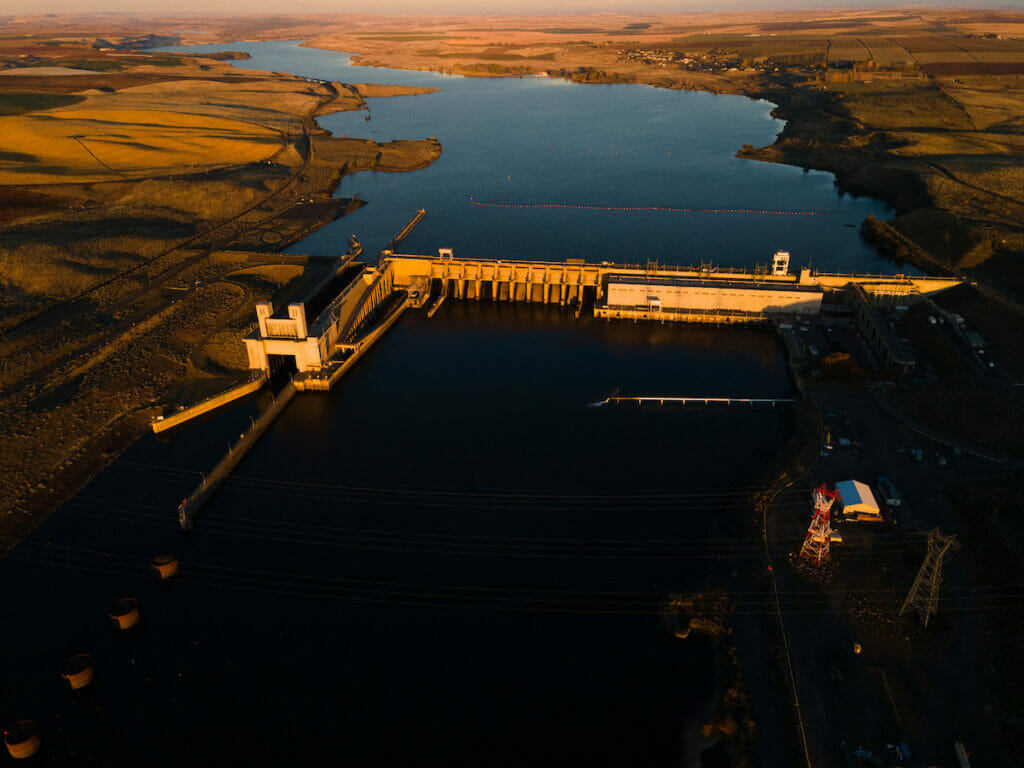
TU: You grew up on a ranch intersected by trout streams in Northeastern Oregon. How did that upbringing impact your career?
LS: Through the years as I worked on public lands bills such as the Steens Mountain Wilderness, Boulder-White Clouds Wilderness and the Columbia Basin Initiative, I always felt my upbringing on a ranch helped me in finding common ground in crafting legislative compromises. It helped me to recognize and understand those things that are important to local landowners, commissioners, ranchers, irrigators, timber interests, motorized users, etc. that I might not have been able to understand if I had grown up in a city or another part of the country that was not dependent upon natural resources. Understanding where people are coming from helped me figure out what wins they needed so we could ultimately craft conservation wins.
TU: Describe a perfect day of fishing for you.
LS: Growing up I didn’t know how lucky I was. Fishing to me was like my boys walking to the Capitol grounds to throw a football. All I had to do was grab a pole off the wall of our garage, catch a grasshopper in our barn lot and I was off. As a father whose oldest son will be leaving for college in a little over a year, my perfect day was a few years ago watching my two young sons fighting over the best fishing hole and then patiently untangling their lines after they inevitably got snagged. I wish everyday could be spent fishing with my sons.
